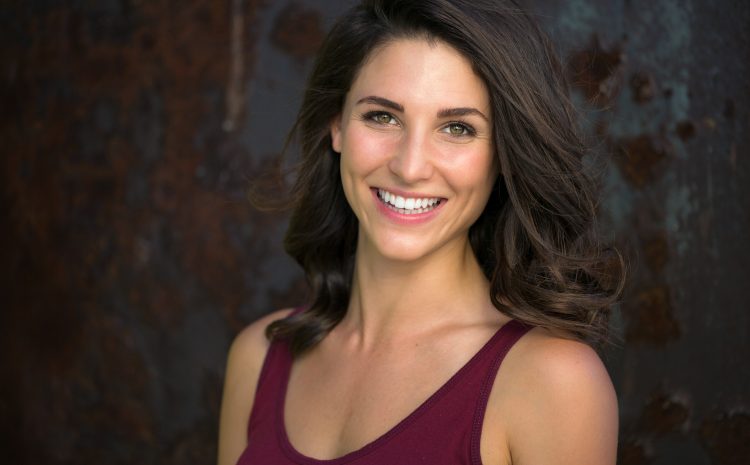
As we age physically, human minds can stay young. That is why neuromodulation like Botox, Dysport, and Xieomen, and dermal fillers gain their entity through facial treatment. They also lead to correction of loss of volume, laxity of the face, and ultimately rejuvenation.
My talk today is about different fillers to gain knowledge of, and how and what to choose for facial rejuvenation. Fillers are hyaluronic acid base and non-hyaluronic acid. Examples of hyaluronic fillers are Restylane and Juvederm. Examples of non-hyaluronic are Radiesse, Bellafill, and Sculptra.
It’s good to know regular Restylane is recommended for under the eye treatment for loss of volume. That is compared with Juvederm, which I don’t advise for under the eye injections. Restylane Silk is for around the lips. Restylane Lyft and Defyne are for volume correction of nasolabial and cheek areas. Juvederm, another hyaluronic acid is not recommended for under the eye. Some injectors use it. I prefer Restylane under the eye, but Juvederm is very good for lip injections. Voluma, another hyaluronic acid, is long lasting. It is recommended for cheeks and naso-labial areas. A soft Juvederm Volbella is recommended for around the mouth treatment.
Non-hyaluronic fillers include Sculptra and Radiesse. Sculptra is highly recommended for lip dystrophy and facial palsy, common in HIV patients. This is for gradual moisturizing and volume. Recommended treatments are 3 times every 2 months, and it lasts 5 years. Radiesse was used for treatment of soft tissue tracking, tumors, vocal cord inflammation, and oral and maxillofacial defects. It has been approved since 2006 for cosmetic use in treatment of wrinkles and naso-labial folds. Also for chins, dimples, and lip therapy.
To conclude this topic, the fillers need to be injected by experienced doctors with the knowledge of anatomy. These physicians also know the danger zones to avoid, so there are no complications.

